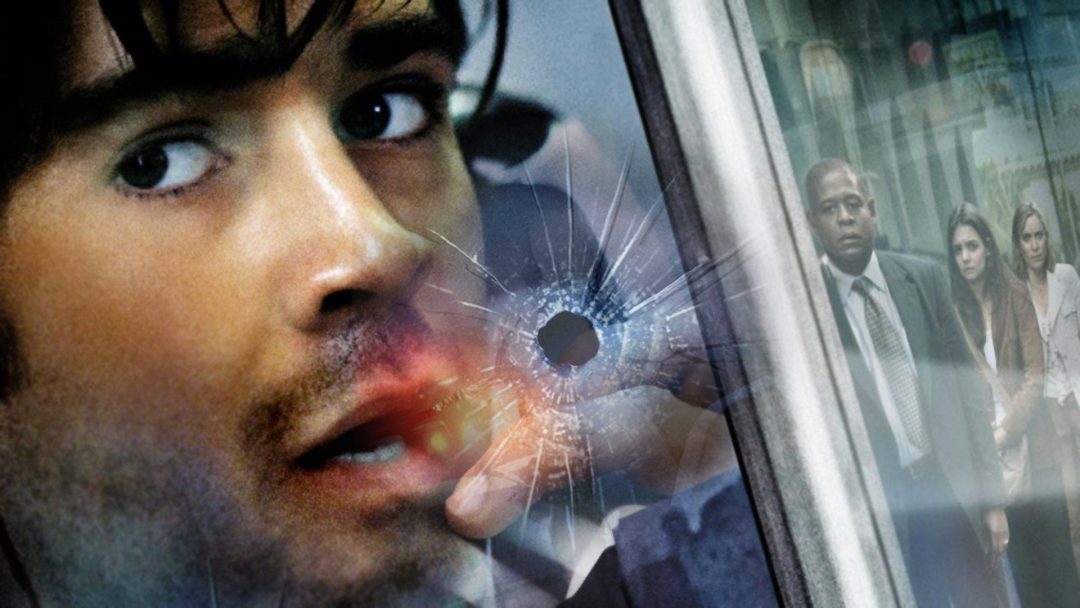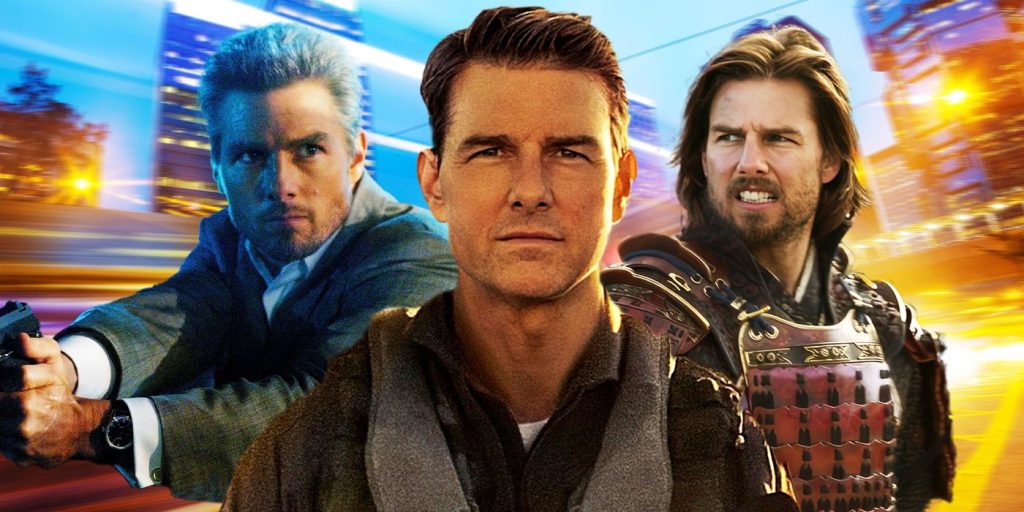In the world of cinema, less is often more. Some of the most gripping and unforgettable stories unfold not across galaxies or continents, but inside a single room, apartment, or confined space. These one-location movies prove that when you strip away elaborate sets and big budgets, what remains is the raw power of storytelling.
This article explores the best single-location films that leverage tight spaces, strong performances, and minimalist direction to deliver unforgettable cinematic experiences.
Why Single-Setting Films Work So Well
At first glance, a movie set in just one location might sound limiting. But for filmmakers, it’s a creative playground. Confining the setting forces a sharp focus on character development, tension, and dialogue. Without the distraction of location changes, the audience becomes deeply immersed in the emotions and dynamics on screen.
“Limitation in setting becomes an invitation for innovation in storytelling.”
— Roger Ebert, legendary film critic
Many of these films were also budget-conscious productions, proving that compelling cinema doesn’t need grand spectacle—it just needs great writing and focused direction. Whether it’s a courtroom, a high school library, or a single car ride, these stories captivate by keeping things close and claustrophobic.

Top One-Location Movies That Master Tension and Character
Let’s look at some of the most iconic and innovative single-location films that demonstrate how minimal settings can produce maximum impact.
12 Angry Men (1957)
A timeless courtroom drama and one of the best examples of character-driven storytelling, 12 Angry Men is set entirely in a jury deliberation room. Twelve men must decide the fate of a young defendant accused of murder, and as tempers flare, personal biases and moral dilemmas rise to the surface.
The film is a masterclass in dialogue, blocking, and psychological pressure, proving that tension doesn’t require action sequences—just strong performances and escalating stakes.
Locke (2013)
In Locke, Tom Hardy carries the entire film alone, confined to a car while making a series of phone calls that slowly unravel his life. Over the course of 85 minutes, we watch a man grapple with moral decisions, career collapse, and fatherhood, all without ever leaving the driver’s seat.
This film is a standout example of how a one-man, one-location film can still be emotionally devastating.
“The road may move, but the man is trapped.” — Empire Magazine

Rope (1948)
Alfred Hitchcock’s Rope is a psychological thriller that plays out in real time, entirely within one New York apartment. The film follows two men who commit a murder, then host a dinner party with the body hidden in plain sight.
What makes Rope unique isn’t just the single location, but the illusion of a continuous shot, building a sense of voyeurism and real-time suspense.
Rear Window (1954)
Another Hitchcock gem, Rear Window is set in the apartment of a wheelchair-bound photographer who suspects one of his neighbors has committed murder. The entire film is seen through his lens, blurring the line between observation and intrusion.
The limited setting heightens the tension and builds a strong feeling of claustrophobia, making the audience complicit in the act of watching.

Image Source: Collider – Celebrating great confined-setting films
Tape (2001)
Set entirely in a single motel room, Tape brings together three old acquaintances for what starts as a casual reunion but quickly spirals into accusation, manipulation, and moral reckoning. Directed by Richard Linklater and based on a stage play, it’s stripped down and intimate, with the dialogue doing all the heavy lifting.
This is the kind of film where the smallest glance or silence carries the weight of years.
The Breakfast Club (1985)
A cult classic of teen cinema, The Breakfast Club is set in a high school library during a Saturday detention. Five students from different social cliques learn to drop their defenses, revealing the vulnerability, pain, and connection behind their stereotypes.
Its one-location setup allows for emotional storytelling that feels raw and authentic, and it continues to resonate across generations.

High-Concept and Genre Films in One Room
While many one-location movies focus on realism or dialogue-driven drama, others take the concept to thrilling, surreal, or even terrifying places. These high-concept genre films use their confined settings not just as a storytelling device—but as an integral part of their narrative tension, mystery, or social commentary.
Cube (1997)
Cube is a cult favorite among science fiction fans—and for good reason. The story drops a group of strangers into a mysterious, trap-filled structure made of identical cube-shaped rooms. What makes it brilliant is that the entire film was shot on a single set, re-lit to represent each new room.
10 Cloverfield Lane (2016)
Set almost entirely in an underground bunker, 10 Cloverfield Lane is a psychological thriller that constantly makes the audience question who (or what) is the real danger. Mary Elizabeth Winstead’s character wakes up after a car accident to find herself “rescued” by a doomsday prepper (John Goodman), who claims the outside world is no longer safe.
The tension lies in the claustrophobic setting and unreliable characters. Is this shelter a refuge—or a prison?
“Sometimes the scariest thing is not what’s outside, but who you’re stuck with inside.” — Thrillist
The Platform (2019)
A Spanish-language dystopian allegory, The Platform is set in a vertical prison where food is delivered top-down on a platform. Those on higher levels feast, while those below starve. The catch? Every month, each inmate wakes up on a new level.
This film uses its single-set design and simple structure to explore powerful themes: wealth inequality, survival, and social apathy. It’s a masterclass in how a one-location film can carry massive ideological weight.
Clue (1985)
Turning the classic board game into a movie, Clue is a comedic murder mystery set entirely within a mansion. The characters—all based on familiar game personas—try to uncover a killer among them in a night filled with secrets, red herrings, and plenty of laughs.
With multiple alternate endings and snappy dialogue, Clue transforms its limited space into a fast-paced, entertaining puzzle. A perfect choice for fans of Knives Out or The Menu.
Common Themes in One-Location Films
One-location films, despite their differences in genre and tone, often share key narrative traits. These recurring themes are a big part of why they’re so emotionally engaging and intellectually compelling:
- Confinement amplifies conflict – Whether physical or psychological, being stuck together forces confrontation.
- Time pressure – Many single-setting films occur in real-time or over a short duration, intensifying the stakes.
- Power dynamics – These films often explore hierarchy, manipulation, or shifting authority among characters.
- Perspective and bias – In a limited space, how people interpret actions and motivations becomes central.
- Human nature under pressure – The single setting becomes a crucible to reveal truth, trauma, or transformation.
“When you remove the backdrop, what you’re left with is people—and that’s where the real drama begins.”
— IndieWire Analysis of Minimalist Cinema
Final Thoughts: The Power of Simplicity in Storytelling
In an industry dominated by cinematic universes and billion-dollar blockbusters, one-location films remind us that storytelling is about focus, not size. These movies succeed because they trust their audiences, elevate their characters, and let the walls around them shape the story rather than limit it.
Whether you’re a film student, screenwriter, or simply a movie lover, these films are essential viewing. They prove that great stories don’t need to go far—they just need to go deep.


